https://nblauch.github.io




Work with @zejinlu.bsky.social @sushrutthorat.bsky.social and Radek Cichy
arxiv.org/abs/2507.03168
Work with @zejinlu.bsky.social @sushrutthorat.bsky.social and Radek Cichy
arxiv.org/abs/2507.03168
Their results provide important constraints for the next generation of active, multimodal neural net models.
In a new preprint with @martinhebart.bsky.social & @kathadobs.bsky.social, we show that category-selective areas encode a rich, multidimensional feature space 🌈
www.biorxiv.org/content/10.1...
#neuroskyence
🧵 1/n
Their results provide important constraints for the next generation of active, multimodal neural net models.
Let us take you for a spin. 1/6 www.biorxiv.org/content/10.1...
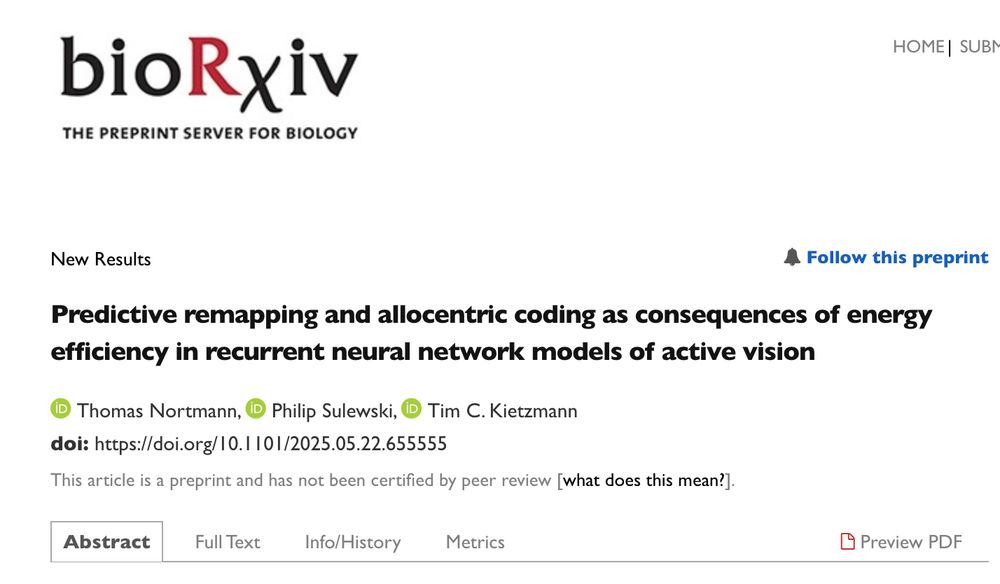
Let us take you for a spin. 1/6 www.biorxiv.org/content/10.1...

This is a major win for public health.
This is a major win for public health.
Excited to share a new pre-print addressing this question with connectivity-constrained interactive topographic networks, titled "Retinotopic scaffolding of high-level vision", w/ Marlene Behrmann & David Plaut.
🧵 ↓ 1/n
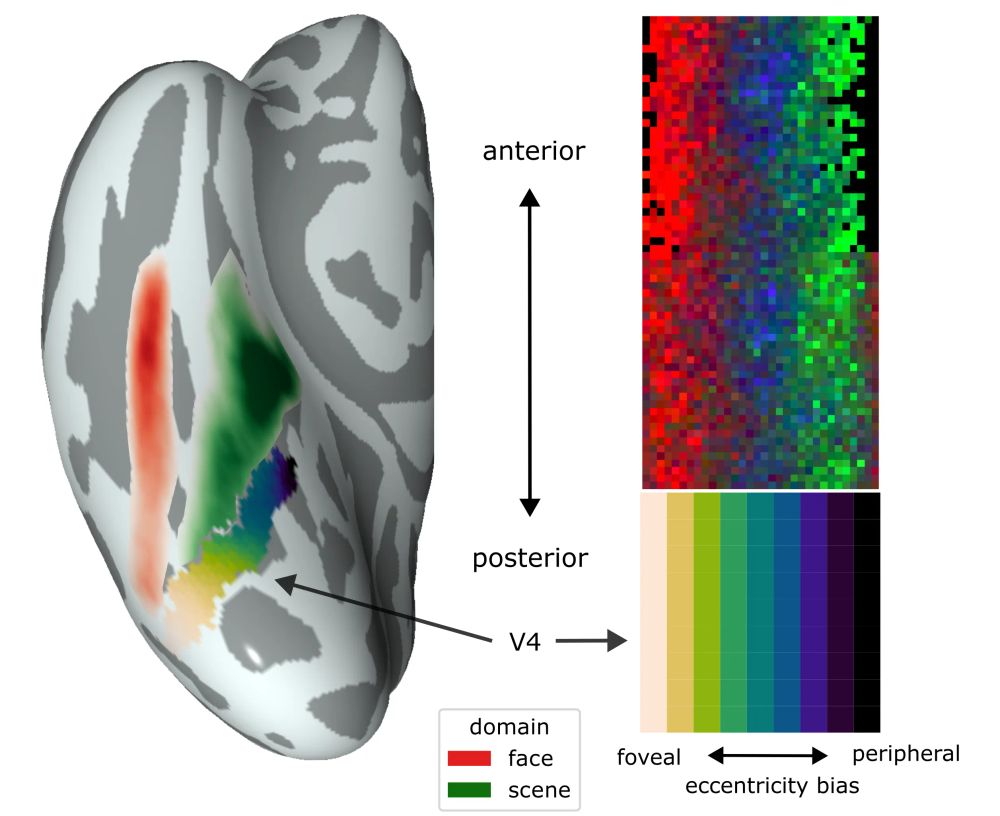
Excited to share a new pre-print addressing this question with connectivity-constrained interactive topographic networks, titled "Retinotopic scaffolding of high-level vision", w/ Marlene Behrmann & David Plaut.
🧵 ↓ 1/n
Activity patterns drift. Representational maps are preserved.
Even after single neuron ablations, representational maps are recovered within days.
www.nature.com/articles/s41...

Activity patterns drift. Representational maps are preserved.
Even after single neuron ablations, representational maps are recovered within days.
We show that voxel responses during comprehension are organized along 2 main axes: processing difficulty & meaning abstractness—revealing an interpretable, topographic representational basis for language processing shared across individuals
We show that voxel responses during comprehension are organized along 2 main axes: processing difficulty & meaning abstractness—revealing an interpretable, topographic representational basis for language processing shared across individuals

"The proposed dismantling of NSF [and NIH] raises an urgent question: do these cuts actually save money or merely delay spending until the bill gets larger?
The answer is clear: these cuts will cost the economy billions."
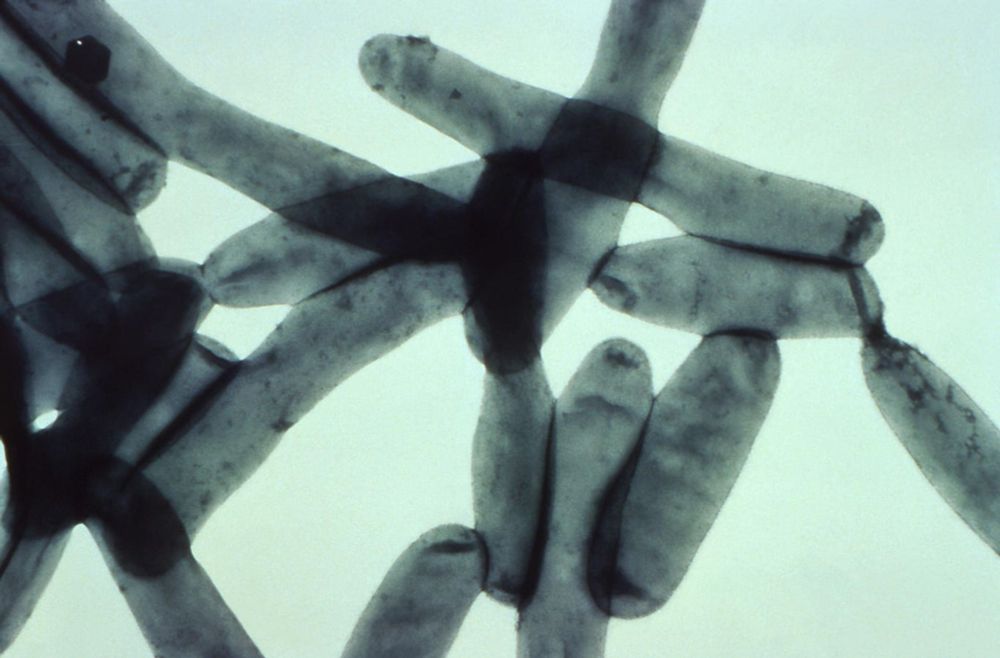
"The proposed dismantling of NSF [and NIH] raises an urgent question: do these cuts actually save money or merely delay spending until the bill gets larger?
The answer is clear: these cuts will cost the economy billions."
I’m also honored to receive this year’s young investigator award and will give a short talk at the awards ceremony Monday
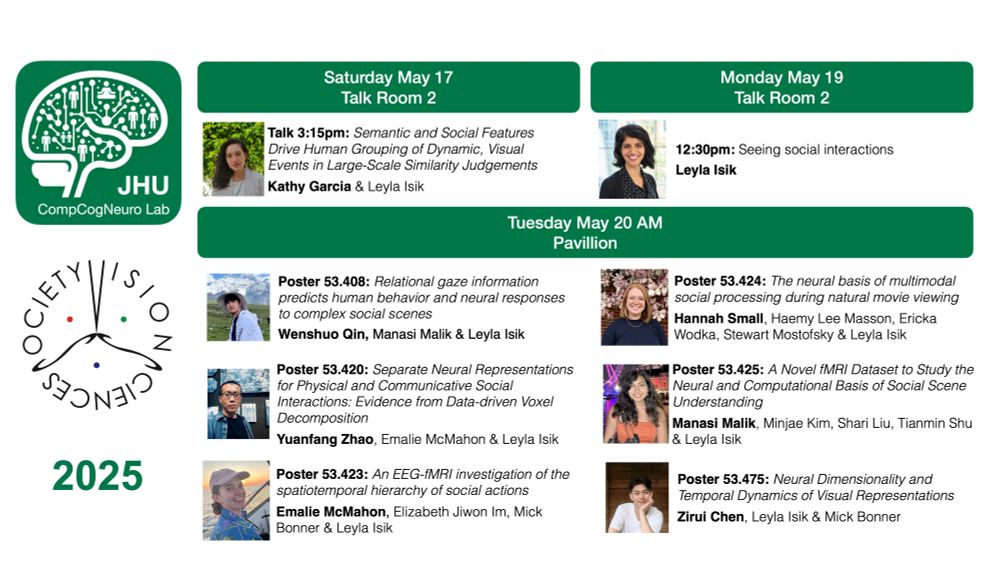
I’m also honored to receive this year’s young investigator award and will give a short talk at the awards ceremony Monday
neurosciencenews.com/brain-hemisp...
#neuroscience

neurosciencenews.com/brain-hemisp...
#neuroscience



"Multimodal gradients unify local and global cortical organization"
7T MRI + cytoarchitectonics reveal a sensory-paralimbic axis of areal specialization & integration
led by superstar Yezhou Wang & a terrific team of friends & colleagues
▶️ doi.org/10.1038/s414...
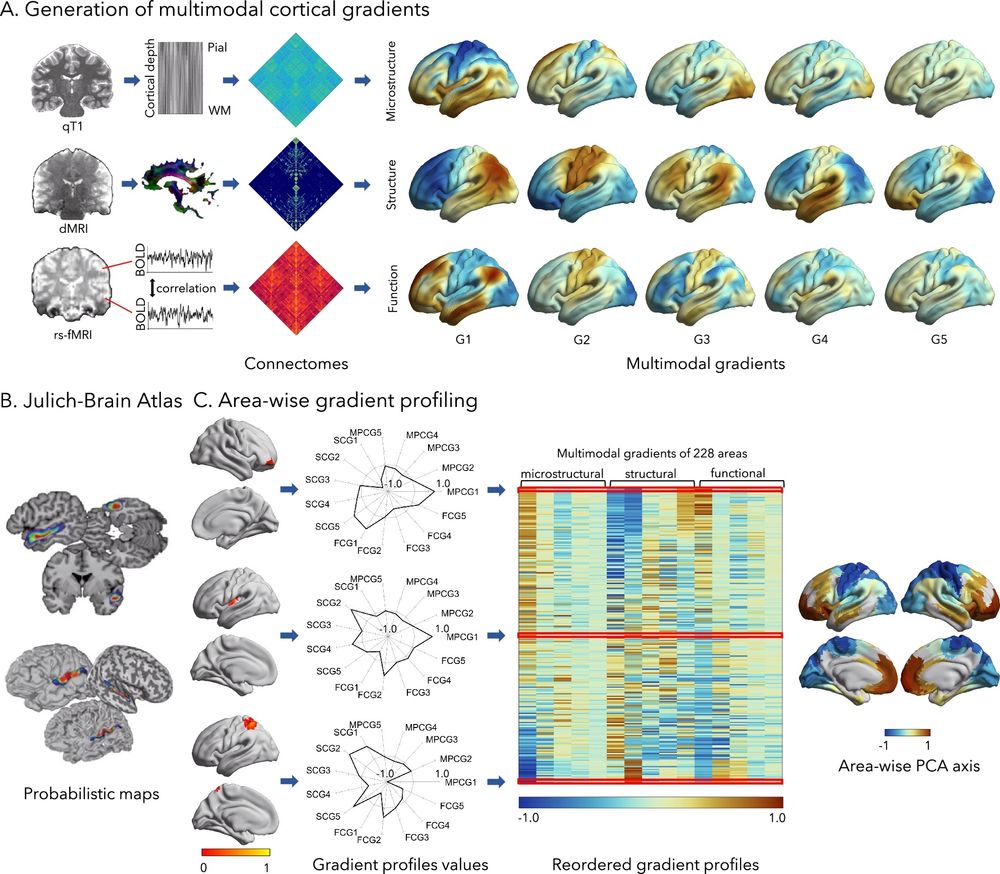
"Multimodal gradients unify local and global cortical organization"
7T MRI + cytoarchitectonics reveal a sensory-paralimbic axis of areal specialization & integration
led by superstar Yezhou Wang & a terrific team of friends & colleagues
▶️ doi.org/10.1038/s414...
forms.office.com/pages/respon...
forms.office.com/pages/respon...
A devastating day for the USA as tens of millions of dollars of grants seeking to combat the spread of false information were terminated. We have a federal govenrment that does not consider the verifiable truth a priority. www.nsf.gov/updates-on-p...




